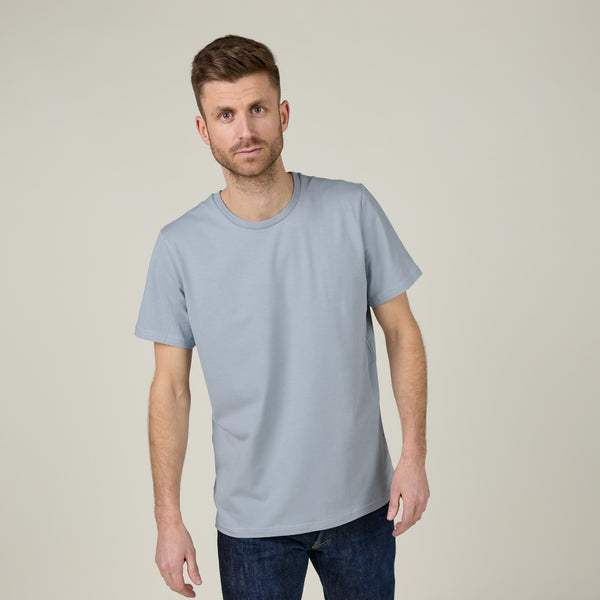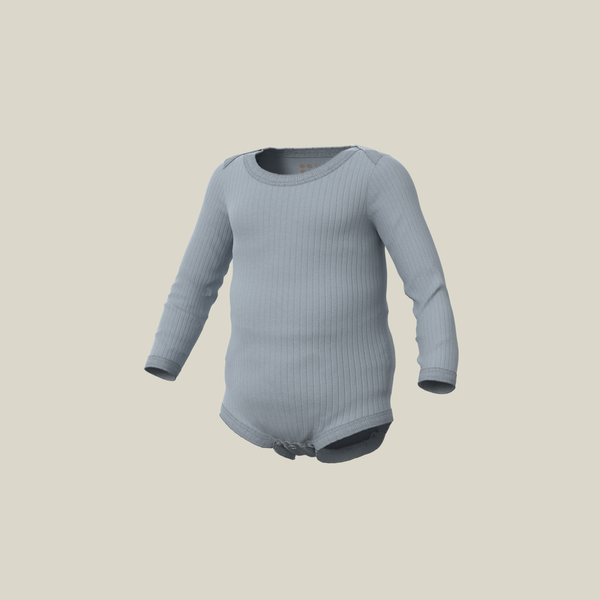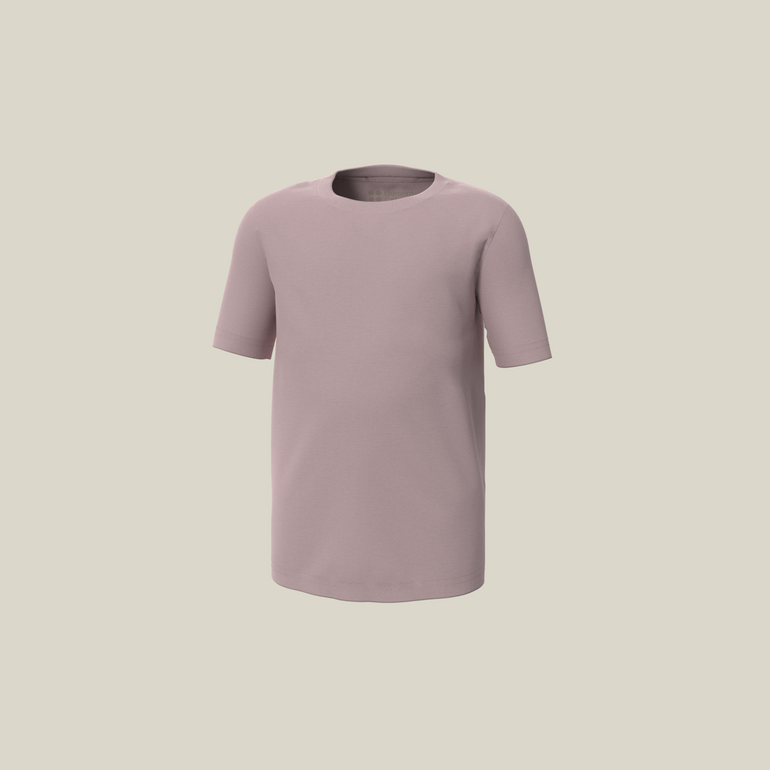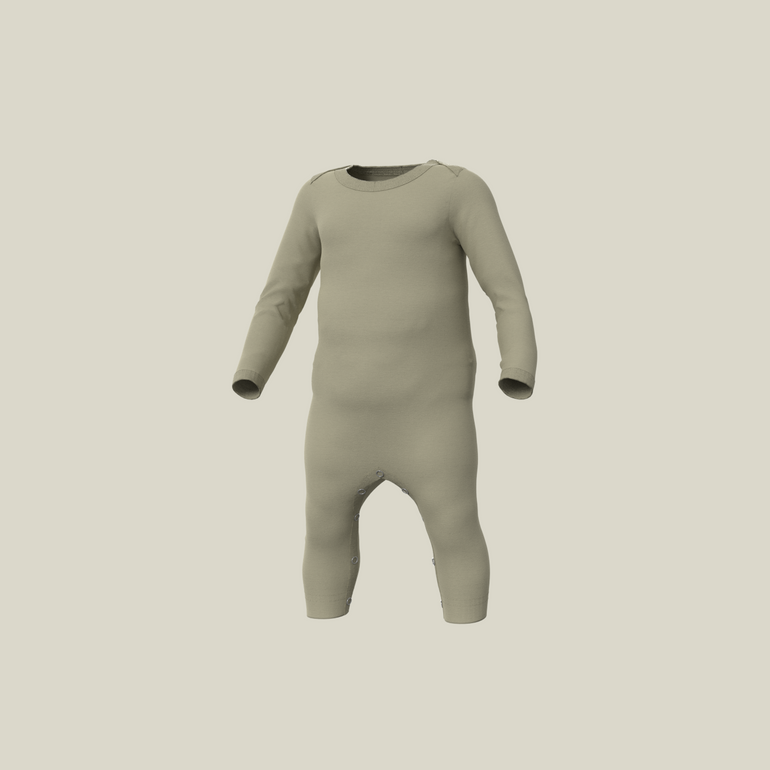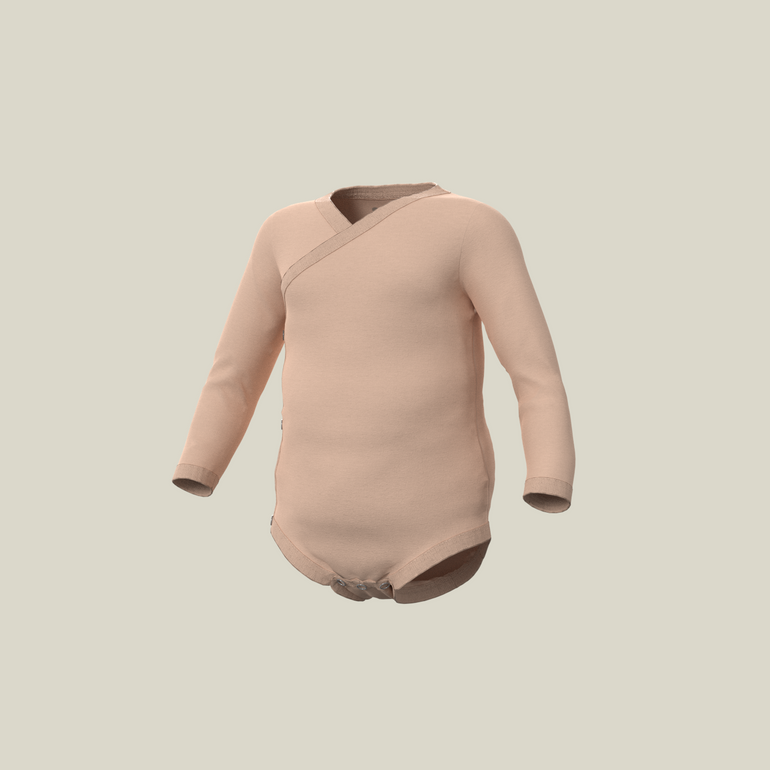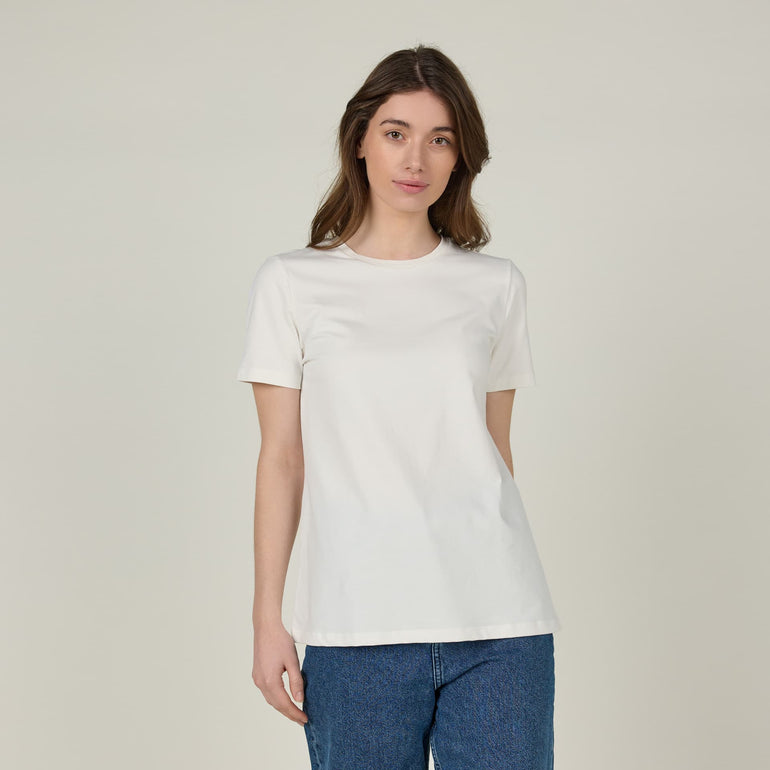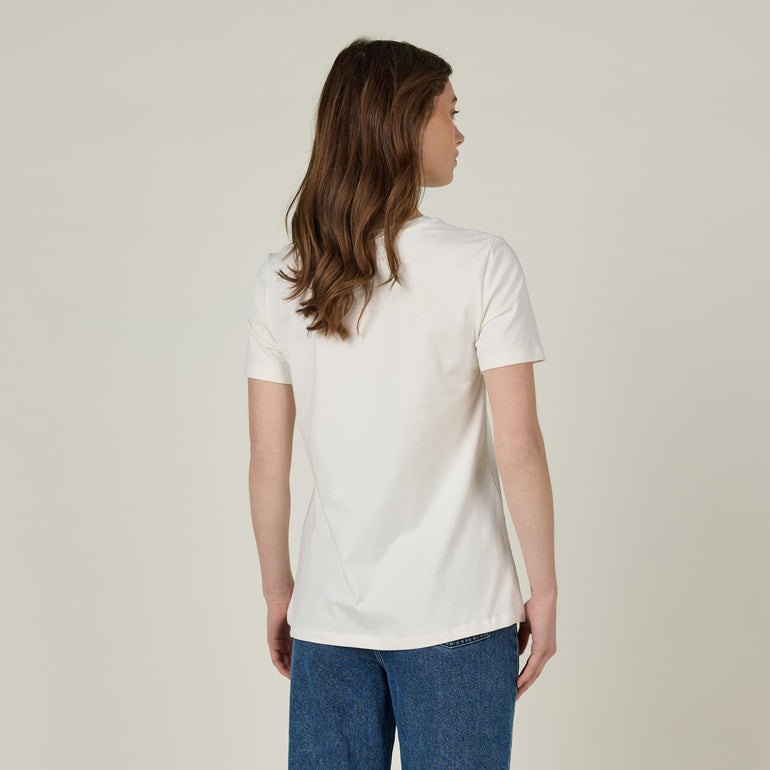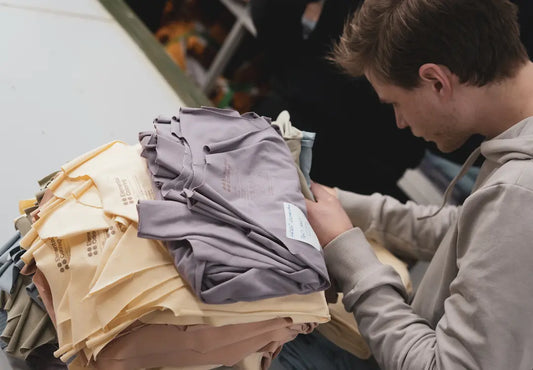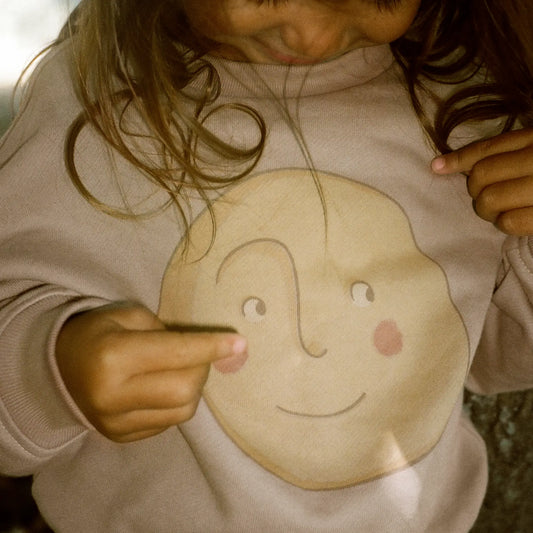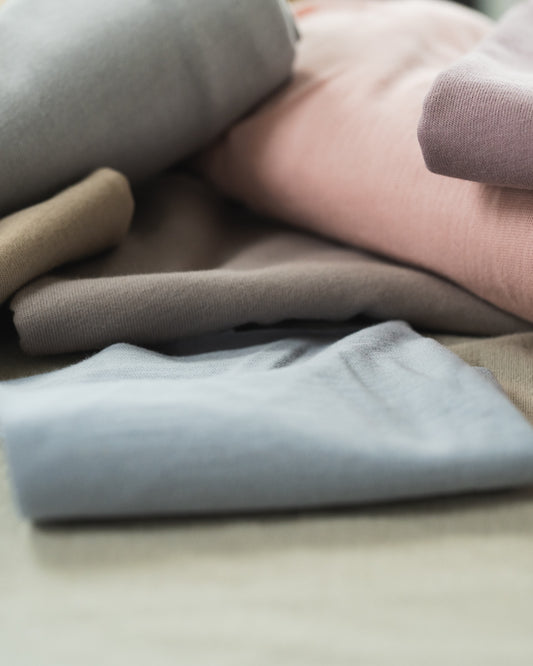
- Natural coloring
- Value chain
Natural coloring
A basic element
For us at Elemental Coloring, it is a basic element that all our products are colored with natural plant powder. We do not use any synthetic chemicals anywhere in our value chain, and can therefore provide chemical-free basicwear.
Natural coloring has been known and used for more then 5,000 years. Back in history, coloured textiles were reserved for the upper class in society and it wasn't until around the middle of the 19th century, when synthetic dyes were invented, that it became available to the general population to have colored clothes.
Today, all conventional clothing is colored with synthetic chemicals, regardless of wehter it's organic cotton, wool or bamboo. Instead, we use a newly developed dyeing technique which has refined the use of plant powder for the dyeing of organic cotton.
Plant powders
Our coloring materials are residuals products from agriculture - like pomegranate peels, the fruit from walnuts, olive leaves and the flower from the valonia tree. In this way, we use neither food nor agricultural land to extract our coloring materials. All the residual products are dried and crushed before they are ready to be mixed to achieve our desired colours.
Our green and light colours are made with powder from olive leaves and the flower from the valonia tree, while our blue and reddish colours are made with powder from pomegranate peels, the fruit from walnuts and olive leaves.
The ratio in which the different colour powders are mixed to achieve the desired colour is different from time to time. This is because the colour intensity in the natural powder varies from season to season - due to the amount of sunlight, water and temperature that the plants have been exposed to. The variation in the colour intensity in the powder means that out colour palette can vary and it is not always possible to make all our colours all year round.
We mix the natural plant powder with a clay mineral, which opens up the cotton fibres, so that the fibres accept the powder as much as possible in the dyeing process.
The dyeing process is made only with natural elements, which means that the colours have a natural development. When you wear our basics the colour will develop naturally. They will have an unique stonewashed look and the more you wear them the more unique the colour will develop.
We want to use only nature's natural coloring materials in our products and thus nature's natural colours. This means that our colour palette is equal to what nature can offer and nothing more. We haven't found a natural dyeing material that can dye the fabric dark blue or black, and those colours are therefore not part of our colour palette.
The development of the new dyeing technique continues, where the plant powders are mixed in new ways and new materials are tested. In this way, new colours are continuously added and expands our natural colour palette.
Fewer ressources
The new dyeing technique with residual products from agriculture means, in addition to the fact that we don't use any synthetic chemicals, that the dyeing process uses 81% less water then the conventional deying process with synthetic chemicals in the same dyehouse. When using the natural dyeing materials the dyeing process uses 12 liters of water per kg of dyed fabric, where conventional dyeing uses 64 liters of water per kg of dyed fabric. This is due to the time of the dyeing process is halved because the there are no chemicals that has to be washed out with the new technique.
At the same time the energy consumption is reduced with 65% compared to conventional dyeing at the same dyehouse, due to the temperature during the dyeing process is reduced, as the natural materials are activated at lower temperatures then the synthetic dyeing chemicals.
We want to prove that clothes and textiles can be produced and sold in a new way and here natural dyeing is a decisive element for us. All our basics are dyed with natural materials and we believe that naturally colored clothes and textiles can help develop more responsible production and consumption.
Read more journals
- Choosing a selection results in a full page refresh.

